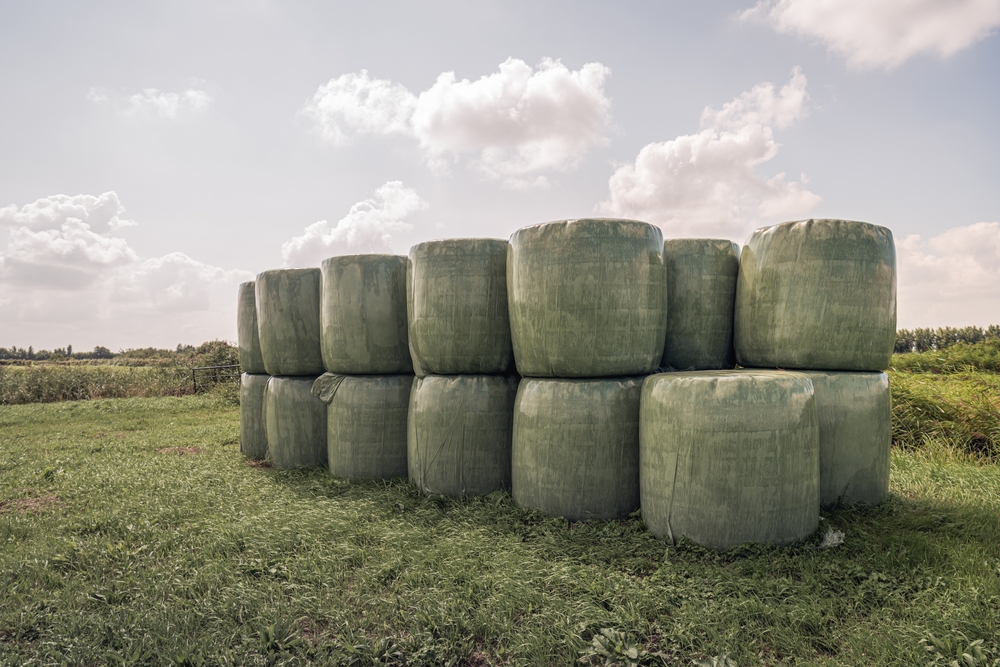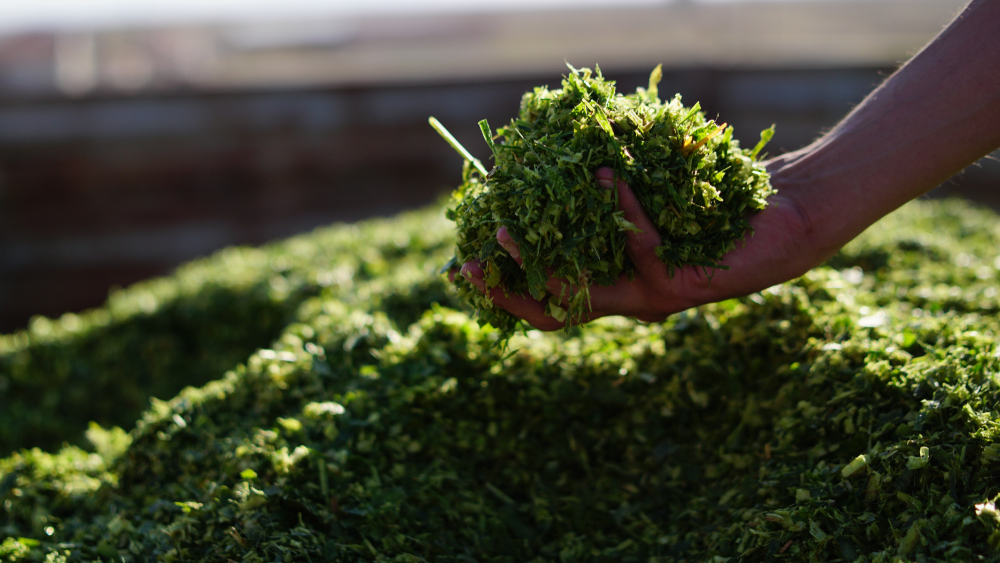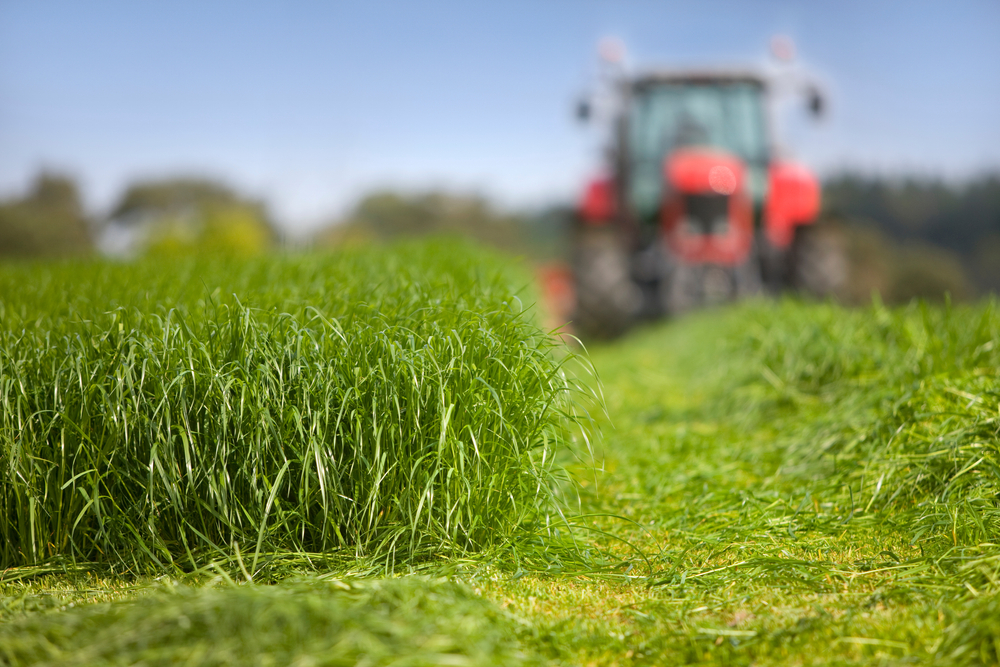Summer is often seen as an enjoyable and relaxing time for most people, but for us in the agricultural industry it is a time of preparation and hard work. There are many jobs to carry out during the warmer summer months, but one of the most important is the cultivation and storage of silage. Around late May is when we will usually first make a start toward producing each year's silage, and whilst this is arguably the most crucial period, you cannot afford let your silage-making efforts wane at any time.

'What is Silage?' is something of a frequently asked question and whilst the answer can be rather complex, at its most basic silage is essentially pickled grass, which is collected throughout the year and will be used during the winter months to feed livestock. The grass is not “pickled” using any inorganic chemicals or man-made methods, and is in fact preserved naturally under organically produced acidic conditions caused by keeping cut grass ensiled in air-tight storage; after having already removed as much air as possible.
There are many factors that can determine the quality of silage, and therefore impact upon its palatability and nutrition. The quality of silage can be affected from before the grass, or other green forage crop is even cultivated, as the way in which the grass is tended to and treated whilst growing will have a profound impact on silage quality.

How To Make Good Silage
Ideally silage have a barely noticeable odour, a sharp taste and will be a light brown colour. Though there are a multitude of factors involved with making good silage, we are going to share five top silage making tips with you, to give you an idea of the most crucial things which we as farmers ought to keep an eye on.
- Low Moisture Content – The reason we try to cultivate silage during the warmer months is that we want as little moisture as possible ensiled along with the crop. This is because the presence of high levels of moisture will require more acid to be produced to preserve the silage material, making it unlikely that quality silage will be produced.
- Limited Bacteria – Bacteria, the bad kind at least, will cause the grass and any other organic material present to rot and become spoiled. You can tell when this has happened as the silage will have a particularly unpleasant, rancid smell about it, and it will be just as undesirable to livestock as it would be for you. Bacteria can only be limited by lowering the initial oxygen content and preventing any more from getting in.
- Prevent Soil Contamination – A lot of things go into making soil and often these components will contain living organisms and bacteria which will affect the silage's quality. Any soil that is ensiled along with the grass therefore will have an effect on the way in which the silage turns out; and even if it didn't, soil is not exactly going to be tasty.
- Include Sugar – The presence of sugar or a sugar-based additive will contribute toward the production of lactic acid, an essential component in the production of good silage.
- Proper Storage – As the word 'silage' would suggest, silage is – or rather was – always made by being stored inside silos; but nowadays bales are becoming increasingly more popular. This is because bales, which are made from polythene, are sturdy, air-tight and can be moved easily; however they also need to be inspected regularly for damage caused by birds or other animals.

